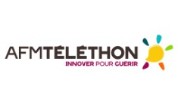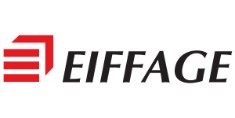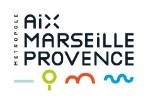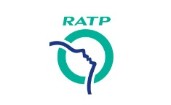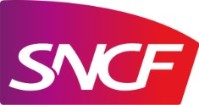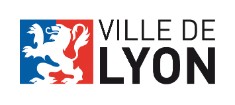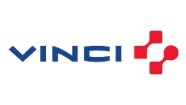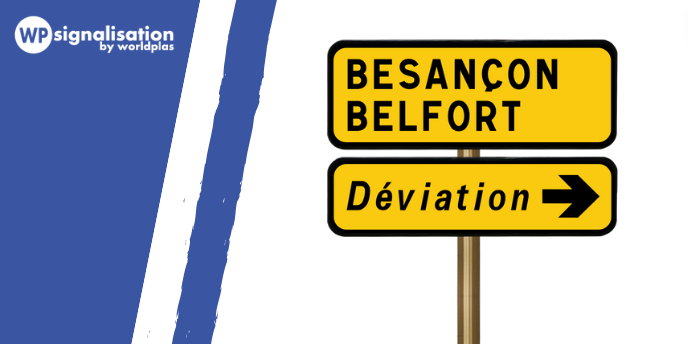
How to choose the right temporary sign ?
Regulations
- Firstly, the installation: The decree of October 20, 2008, sets the guidelines for installing temporary traffic signs. This decree outlines compliance certification and implementation rules.
- Secondly, Certification: All temporary signs must meet two key certifications:
- NF certification: This ensures the signs meet French national standards.
- CE certification: This signifies compliance with European safety standards.
- Thirdly, Standardization: Standard XP P 98-540 defines the different types of temporary traffic signs available.
So, this version clarifies the purpose of each sentence and emphasizes the active role of the regulations, certifications, and standard in governing temporary traffic signs. Therefore, there are six main categories of construction signs, such as AK, KM, K2, K8, KC, but also KD type signs.
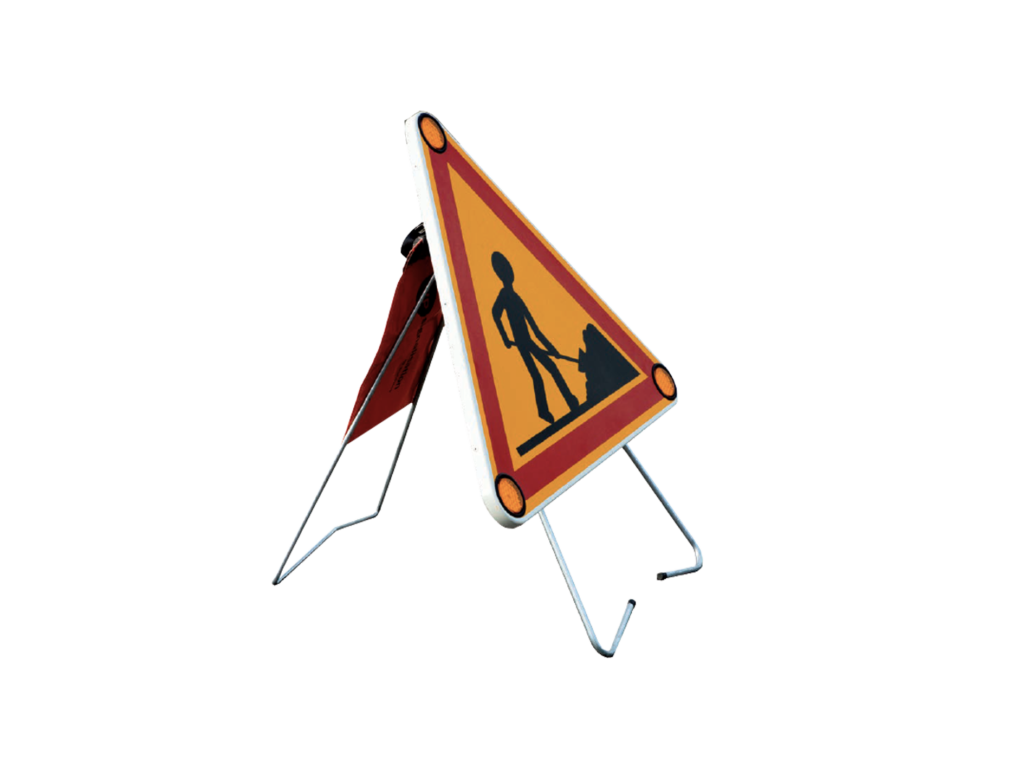
Temporary signage
Temporary signage serves to protect all road users, including motorists, pedestrians, and cyclists.
For exemple, Construction signage ensures the safety of users and serves as a preventive tool. Indeed, temporary signage warns of danger related to works or temporarily hazardous areas.
Overall, Temporary signs communicate three types of information :
- Warning signs : for example, an object on the road.
- Directional signs : for example, a road diversion due to construction.
- Regulatory signs : for example, a mandatory right turn due to an accident.
When it comes to temporary signage, the French Highway Code recognizes the following categories :
Construction signage
The Highway Code provides clear guidelines for implementing temporary signage equipment. Here’s what you need to know to ensure your temporary markings comply:
- Pedestrian Safety: Always leave a clear passage of at least 1.40 meters on the sidewalk (or roadway) for safe pedestrian movement.
- Alternative Pedestrian Lane: In some cases, a designated pedestrian lane of 0.90 meters may be acceptable.
Types of Temporary Signage Equipment:
For effective construction site marking, you can utilize various temporary signage equipment options:
- Temporary Approach Signage: These signs are mounted on the shoulder to announce an upcoming construction zone. Look for approach signs of type AK or BK.
- Temporary Position Signage: These signs clearly mark the boundaries of the construction zone, improving visibility and prompting motorists to adjust their driving accordingly.
- Temporary End of Prescription Signage: Once construction is complete, use these signs to signal the end of the construction zone.
The different classes

In urban areas, the distance between temporary signs must be 10 meters.
And the height under the sign must be between 1 meter and 2.50 meters. If the temporary sign is fixed on a support placed on the ground, the height under the sign must be 0.50 meters.

Outside urban areas on a two-way road, the distance between construction signs must be 100 meters.
And the height under the sign must be 2.50 meters. When the sign is placed on the ground, the height under the sign can be 0.50 meters.

On a motorway or a road with separated carriageways, the distance between temporary signs must be 200 meters.
The height under the sign must also be 2.50 meters.
The retroreflection classes of temporary signs

All temporary signs are retroreflective. However, depending on the location of the sign, certain retroreflection classes are required or recommended.
For nighttime visibility outside urban areas, temporary signs near construction sites must be either Class 2 retroreflective or equipped with flashing beacon and warning lights.
Position signs must be Class 2 when used for construction site marking at night.
Highways and Separated Carriageways Demand Enhanced Visibility:
- Strict Requirement: All temporary signs on highways and roads with separated carriageways located outside urban areas must be Class 2 retroreflective. This ensures optimal nighttime visibility for drivers on these high-speed roads.
- Extra Caution for Danger Signs (Type AK): At night, danger signs (type AK) require an additional layer of visibility. Equipping them with 3 flashing beacon lights significantly enhances their attention-grabbing power, especially important on high-speed roadways.
Triflash Sign: A Shining Solution
Therefore, our Triflash sign is the perfect answer for situations demanding maximum nighttime visibility. It’s ideally suited for danger signs (type AK) on highways and separated carriageways outside urban areas. With its triple beacon lights, it effectively cuts through the darkness, alerting drivers to potential hazards and promoting safety during nighttime construction work.
Want to learn more about retroreflection ? Check out our dedicated blog post on the retroreflection of road signs.
The Triflash temporary sign
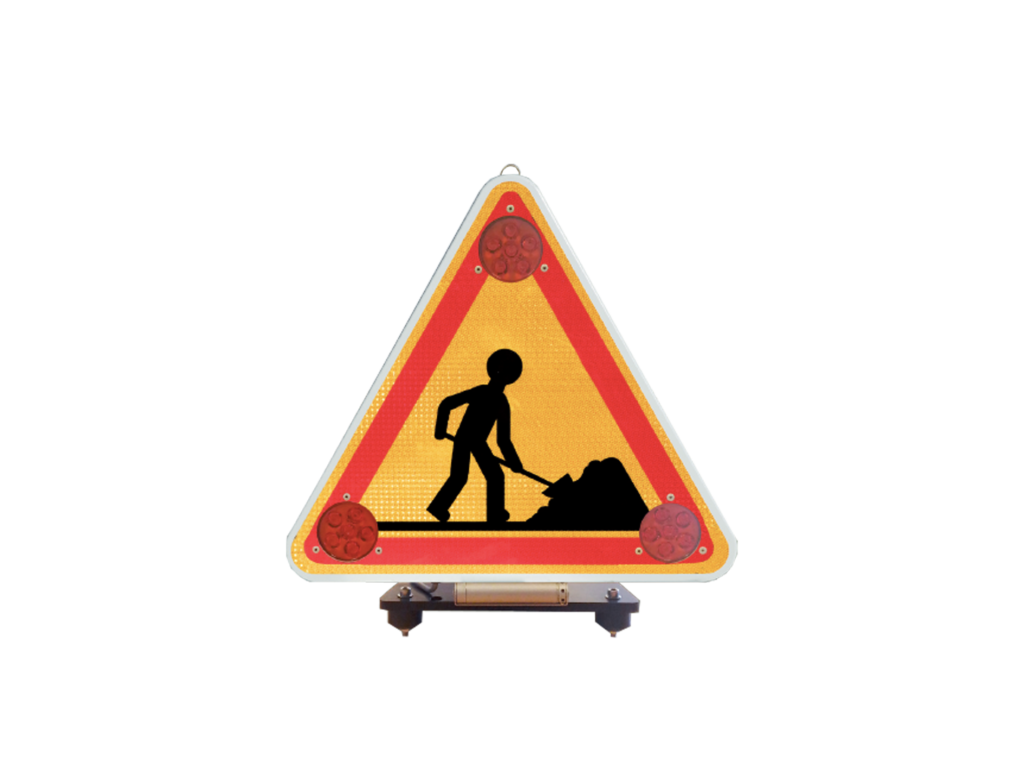
Triflash Sign: Keeping Drivers Informed During Roadwork
Designed to Warn: The Triflash sign is a proactive tool for alerting drivers of upcoming roadwork, ensuring their awareness of potential hazards.
Enhanced Visibility: Equipped with three bright flashing triangles, the Triflash sign grabs attention effectively, even in low-light conditions.
Flexible Options: Choose the perfect Triflash sign for your needs with a variety of sizes and ranges available.
Long-lasting Power: The Triflash sign boasts a rechargeable battery, either integrated or external, offering adaptable autonomy to suit your project’s requirements.
We offer three different modes:
- Off mode : the panel does not flash.
- Day mode : the panel flashes continuously (day and night).
- Night mode : the Triflash panel flashes only at night.
We also offer a Triflash panel for vehicles. This model consists of two double-sided Triflash units.
The Triflash units can be triggered from the vehicle’s interior using a switch, and the panel is powered by the vehicle’s battery.
According to the law, the use of lighted triangles is mandatory for professional vehicles intervening on the roadway open to traffic. This regulation is governed by articles 122C and 131C related to road signage.
